Home>Ideas and Tips>How To Choose The Right Flooring For High-Traffic Areas
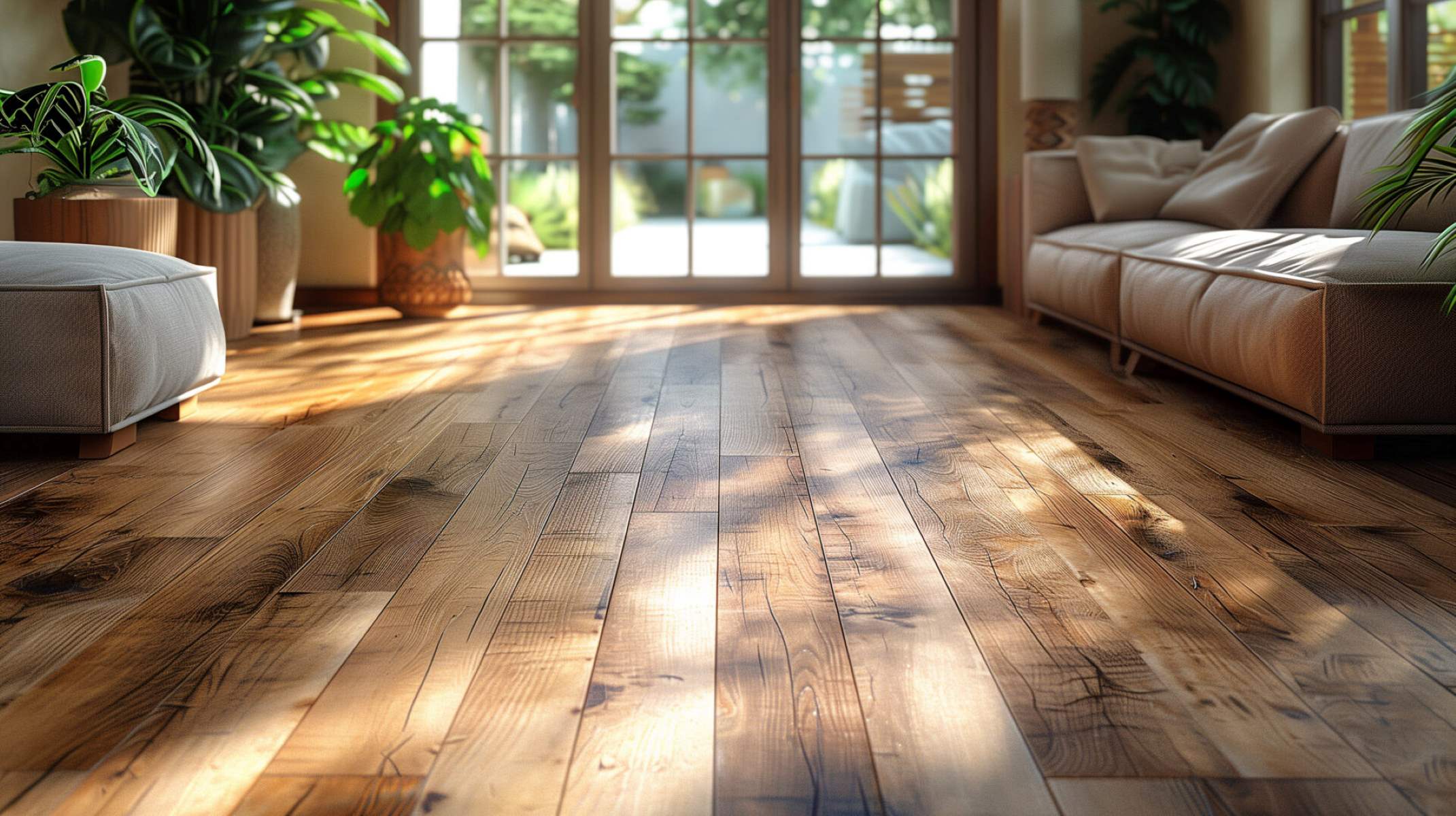

Ideas and Tips
How To Choose The Right Flooring For High-Traffic Areas
Published: September 25, 2024
Discover tips on choosing durable, stylish flooring for high-traffic areas in your home. Learn about hardwood, LVT, porcelain tile, and more.
(Many of the links in this article redirect to a specific reviewed product. Your purchase of these products through affiliate links helps to generate commission for Storables.com, at no extra cost. Learn more)
Choosing the right flooring for high-traffic areas is crucial for maintaining the aesthetic appeal and durability of your home. High-traffic areas such as entryways, hallways, living rooms, and kitchens are subject to constant wear and tear, which can significantly impact the longevity of your flooring. In this article, we will guide you through the process of selecting the perfect flooring for these busy spaces.
Understanding Your Needs
Before diving into the world of flooring options, it's essential to understand your specific needs. Here are a few key factors to consider:
-
Traffic Level: Assess how much foot traffic your space receives. If it's a busy household with multiple family members or frequent guests, you'll need flooring that can withstand heavy use.
-
Budget: Determine your budget for the project. Different types of flooring vary significantly in cost, so it's important to set a realistic budget before making a decision.
-
Lifestyle: Think about your lifestyle and how it might affect your flooring choices. For example, if you have pets or young children, you may need flooring that is more durable and easy to clean.
-
Aesthetic Preferences: Consider the style and design of your home. Different types of flooring offer unique aesthetic benefits, from modern sleekness to traditional warmth.
-
Maintenance Requirements: Some flooring types require more maintenance than others. If you prefer low-maintenance options, look for materials that are easy to clean and resistant to stains.
Read more: How To Clean A High-Traffic Carpet Areas
Popular Flooring Options for High-Traffic Areas
-
Hardwood Flooring
- Pros: Hardwood flooring is timeless and can add warmth to any room. It's also relatively easy to clean and maintain.
- Cons: Hardwood flooring can be expensive, especially for high-quality materials. It may also require periodic refinishing to maintain its appearance.
- Recommendation: For high-traffic areas, consider using engineered hardwood which is more durable than solid hardwood.
-
Luxury Vinyl Tiles (LVT)
- Pros: LVT is incredibly durable and resistant to scratches, moisture, and heavy foot traffic. It's also relatively affordable compared to other options.
- Cons: While LVT mimics natural stone or wood well, it may not have the same authentic look as the real thing.
- Recommendation: LVT is an excellent choice for high-traffic areas due to its durability and ease of maintenance.
-
Porcelain Tile
- Pros: Porcelain tile is highly resistant to moisture and stains, making it ideal for kitchens and bathrooms. It's also very durable and can withstand heavy foot traffic.
- Cons: Porcelain tile can be cold underfoot and may require additional underlayment for comfort.
- Recommendation: Porcelain tile is a great option if you're looking for something that's both stylish and practical.
-
Ceramic Tile
- Pros: Ceramic tile is another moisture-resistant option that comes in a wide range of styles and colors. It's relatively easy to install and maintain.
- Cons: Ceramic tile may not be as durable as porcelain tile but still offers good performance in high-traffic areas.
- Recommendation: Ceramic tile is suitable for most high-traffic spaces but may require more frequent cleaning compared to porcelain tile.
-
Laminate Flooring
- Pros: Laminate flooring is budget-friendly and offers a realistic wood look without the high cost associated with real hardwoods.
- Cons: Laminate flooring may not be as durable as other options like LVT or porcelain tile; it can also be prone to scratches if not properly maintained.
- Recommendation: While laminate flooring can work well in low-to-moderate traffic areas, it might not be the best choice for extremely busy spaces due to its potential for wear and tear.
-
Natural Stone Flooring
- Pros: Natural stone flooring such as marble or granite adds an element of luxury to any room while being relatively durable against heavy use.
- Cons: Natural stone flooring can be expensive upfront and requires periodic sealing to maintain its appearance.
- Recommendation: If budget allows, natural stone flooring can be an excellent choice for high-traffic areas due to its timeless beauty and durability.
Installation Considerations
Once you've decided on the type of flooring you want, it's crucial to consider how it will be installed:
-
Professional Installation vs DIY
- While DIY installation can save money upfront, professional installation often ensures better quality workmanship which can extend the life of your flooring.
- If you're not experienced with flooring installation, consider hiring a professional contractor who specializes in flooring projects.
-
Underlayment
- Underlayment provides an additional layer between your subfloor and new flooring material which helps with soundproofing and insulation.
- Different types of underlayment are available depending on the type of flooring you choose; for example, cork underlayment is often used with hardwood floors while foam underlayment works well with laminate or LVT.
-
Subfloor Preparation
- Ensure that your subfloor is level and clean before installing new flooring; any imperfections could affect how well your new flooring performs over time.
- If necessary, consider hiring a professional to prepare your subfloor before installation begins.
Maintenance Tips
Regardless of which flooring type you choose for high-traffic areas, regular maintenance is key:
-
Cleaning Schedule
- Establish a regular cleaning schedule based on how often your space is used; high-traffic areas may require daily sweeping or mopping while less busy spaces might only need weekly cleaning sessions.
-
Stain Prevention
- Use mats at entryways to catch dirt and debris before they reach other parts of your home; this helps prevent stains from forming on your floors.
- For spills or accidents involving liquids like wine or juice, act quickly by blotting them immediately rather than rubbing which could damage certain types of flooring materials like hardwood or laminate.
-
Polishing & Sealing
- Depending on what type of flooring material you've chosen (e.g., hardwood), periodic polishing may be necessary to maintain its appearance; some materials like natural stone require periodic sealing too which helps protect against stains while enhancing their color vibrancy over time.
Conclusion
Choosing the right flooring for high-traffic areas involves considering several factors including traffic level, budget constraints/lifestyle preferences/aesthetic requirements/maintenance needs among others before making an informed decision about which specific type best suits individual needs/preferences alike By understanding these aspects thoroughly beforehand coupled alongside following recommended installation/maintenance tips thereafter ensures long-lasting satisfaction derived from newly installed floors alike
Was this page helpful?
At Storables.com, we guarantee accurate and reliable information. Our content, validated by Expert Board Contributors, is crafted following stringent Editorial Policies. We're committed to providing you with well-researched, expert-backed insights for all your informational needs.
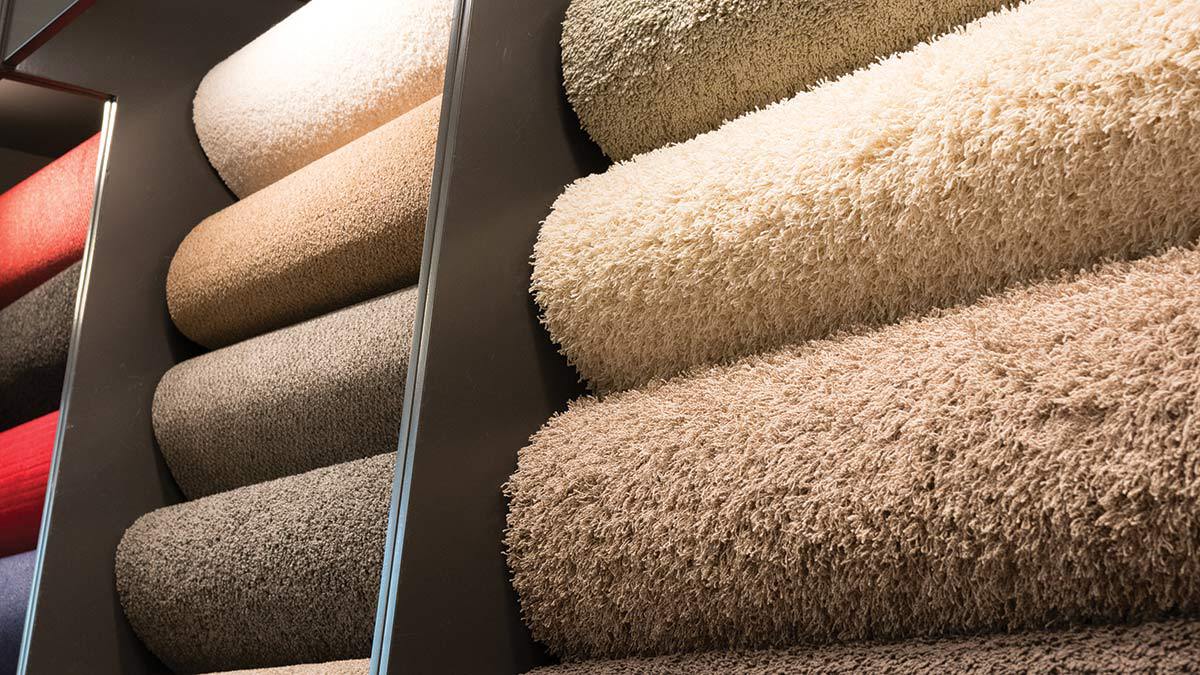
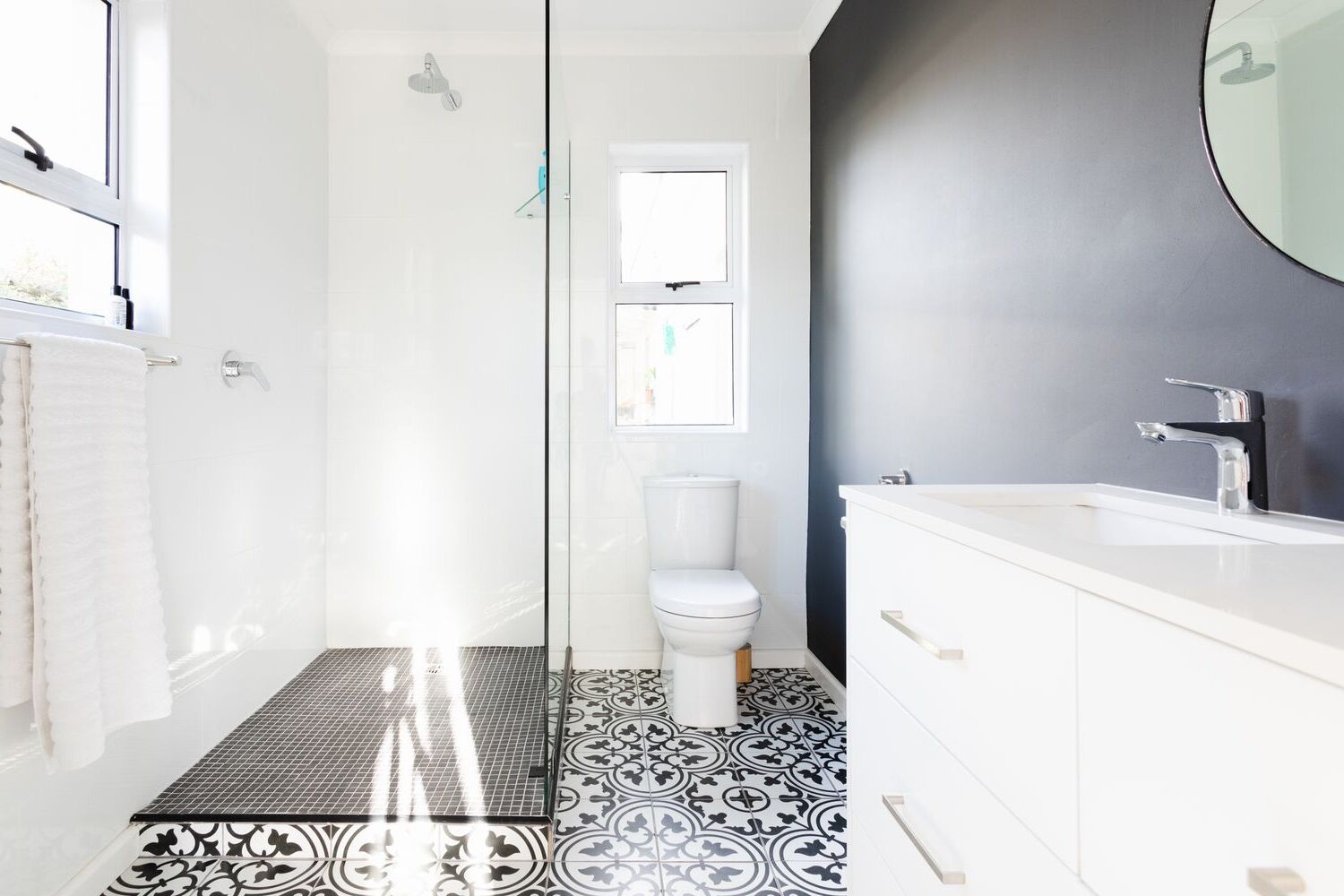
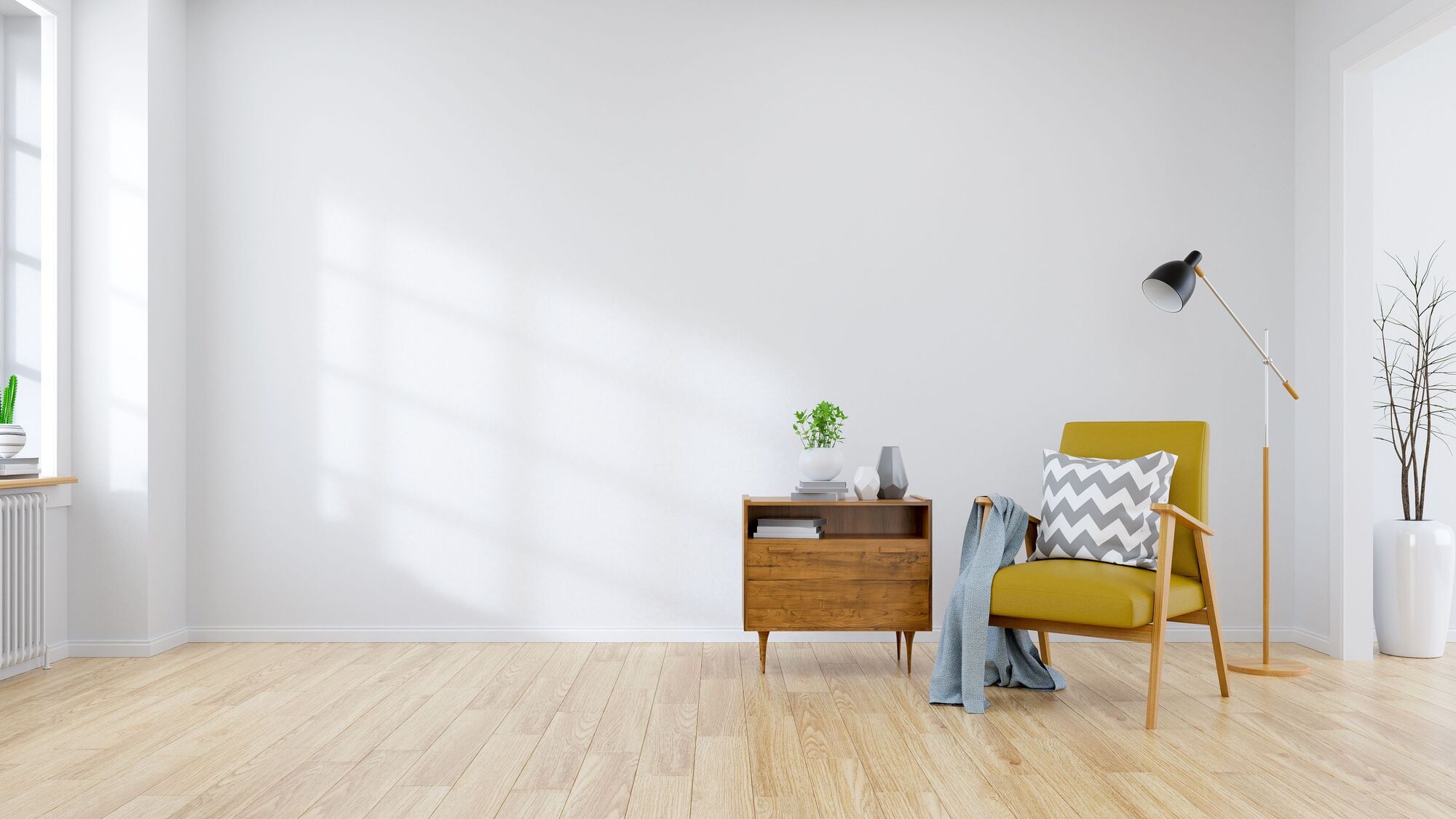
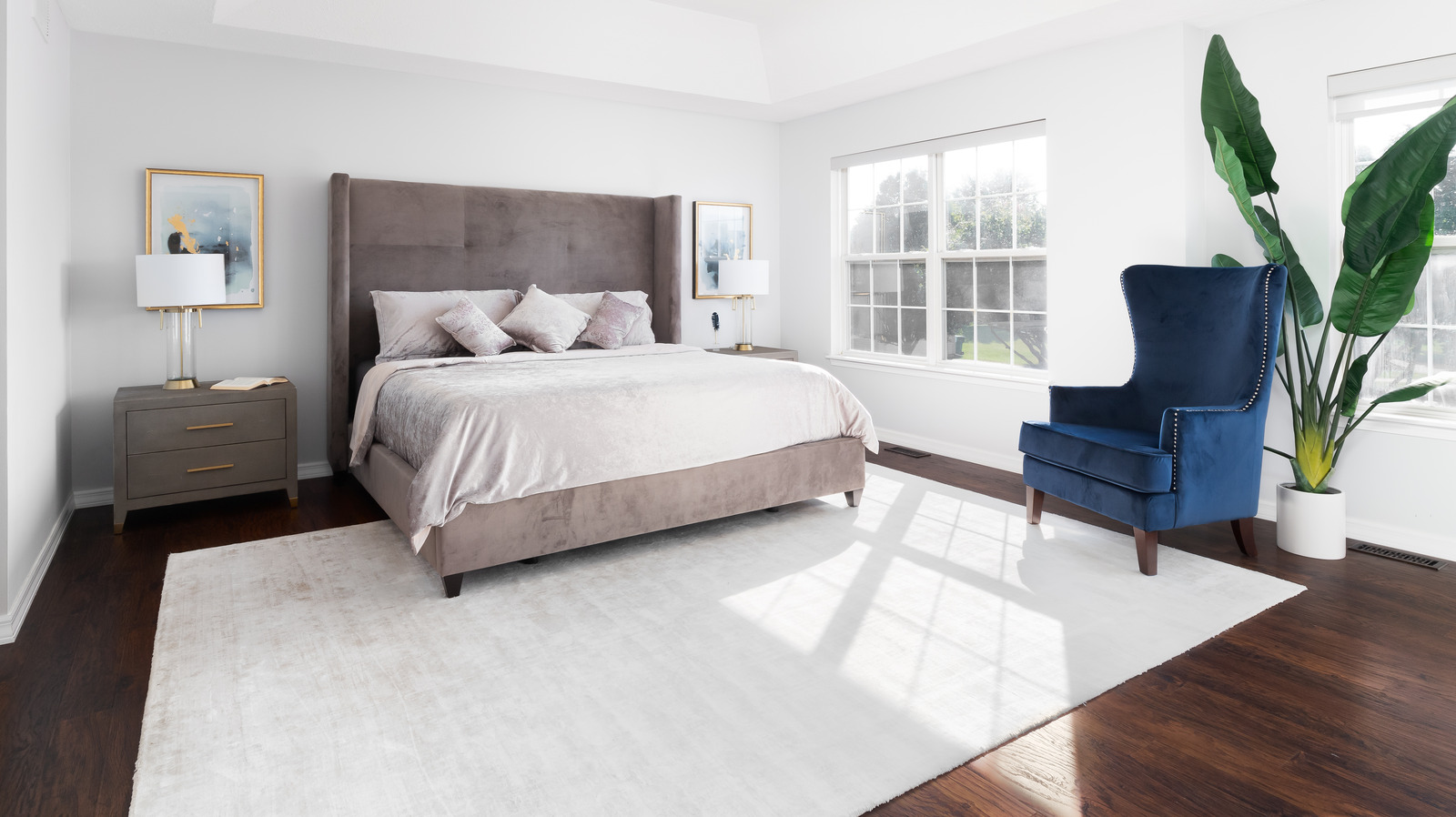
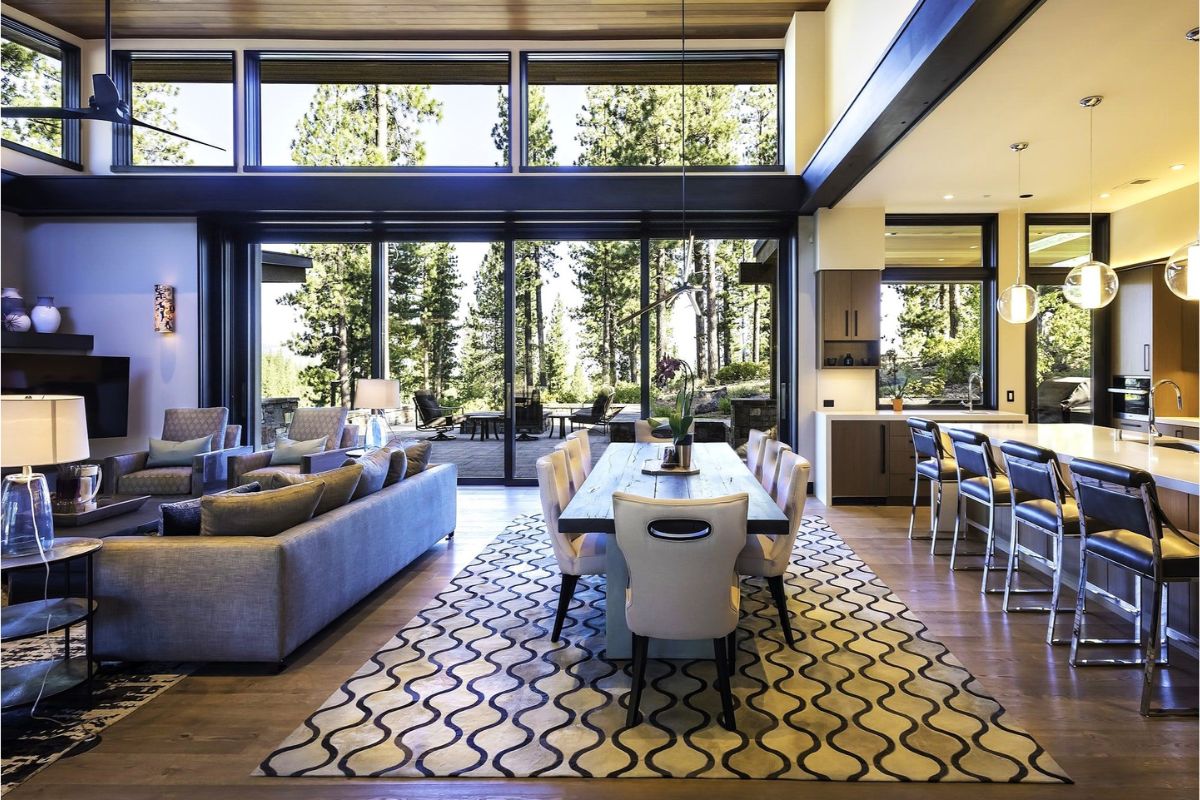
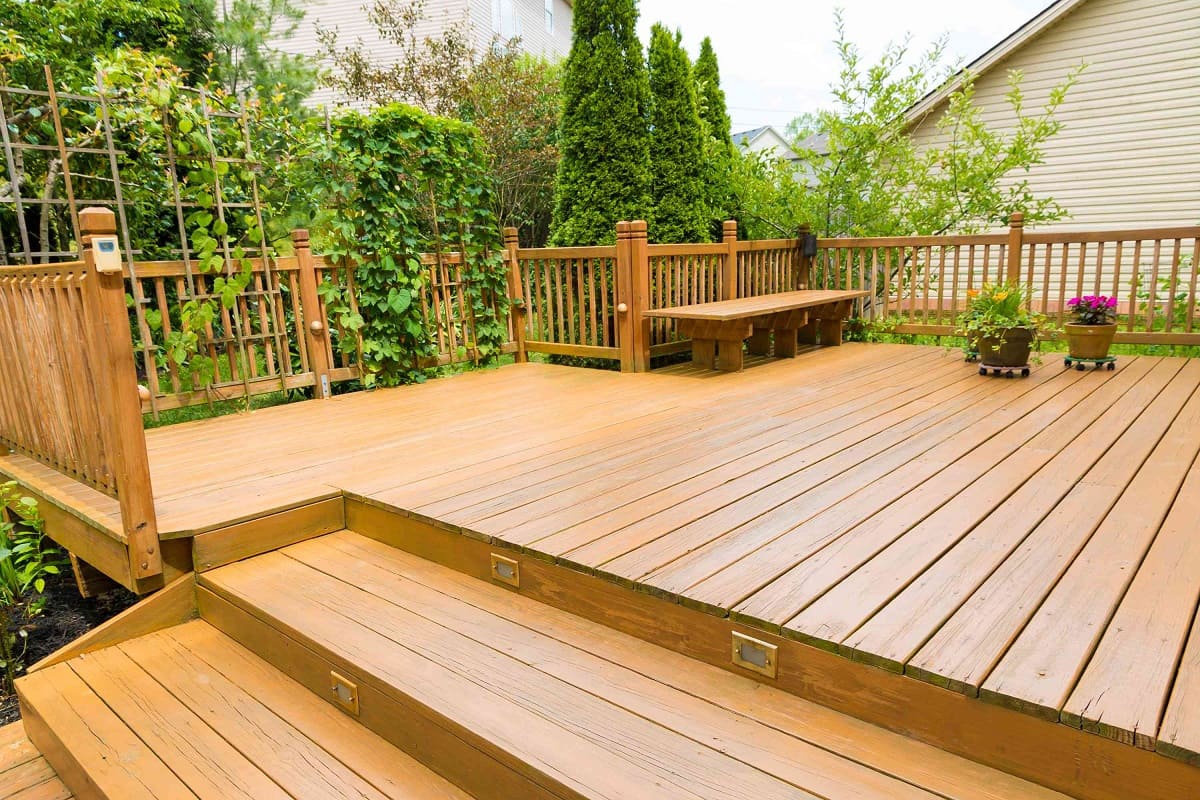
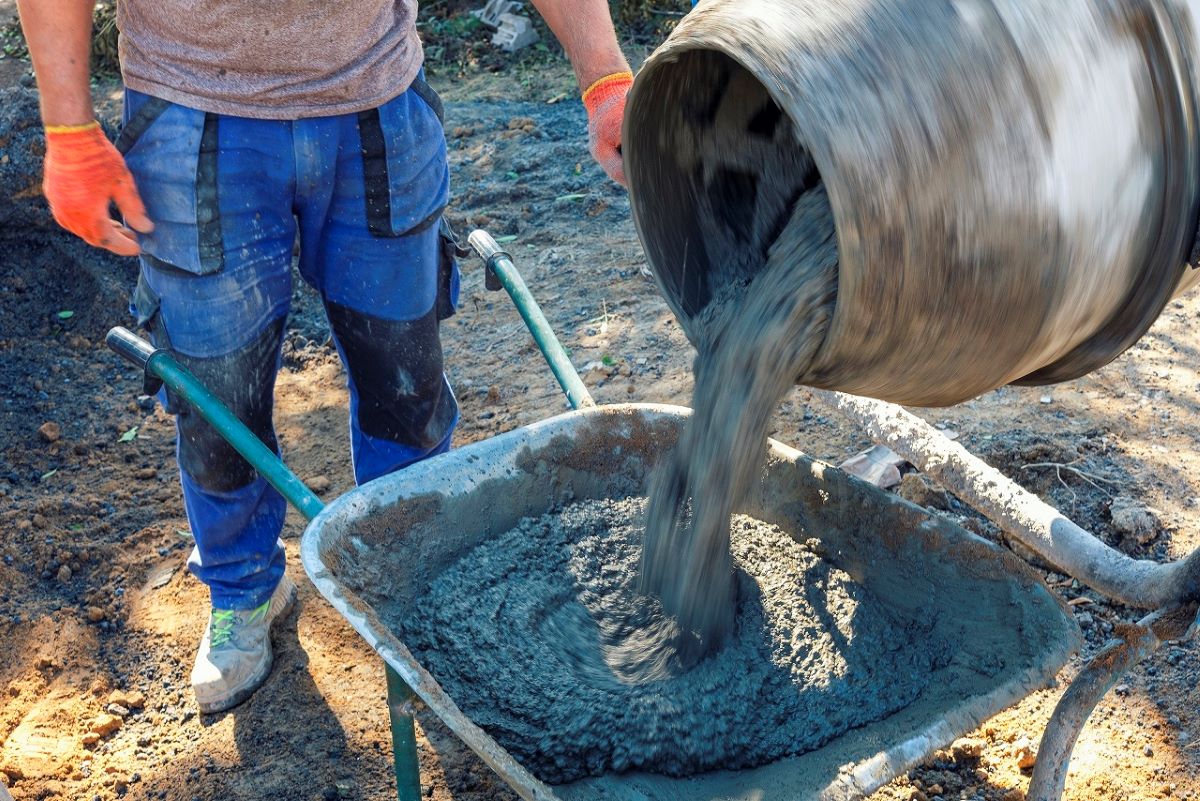
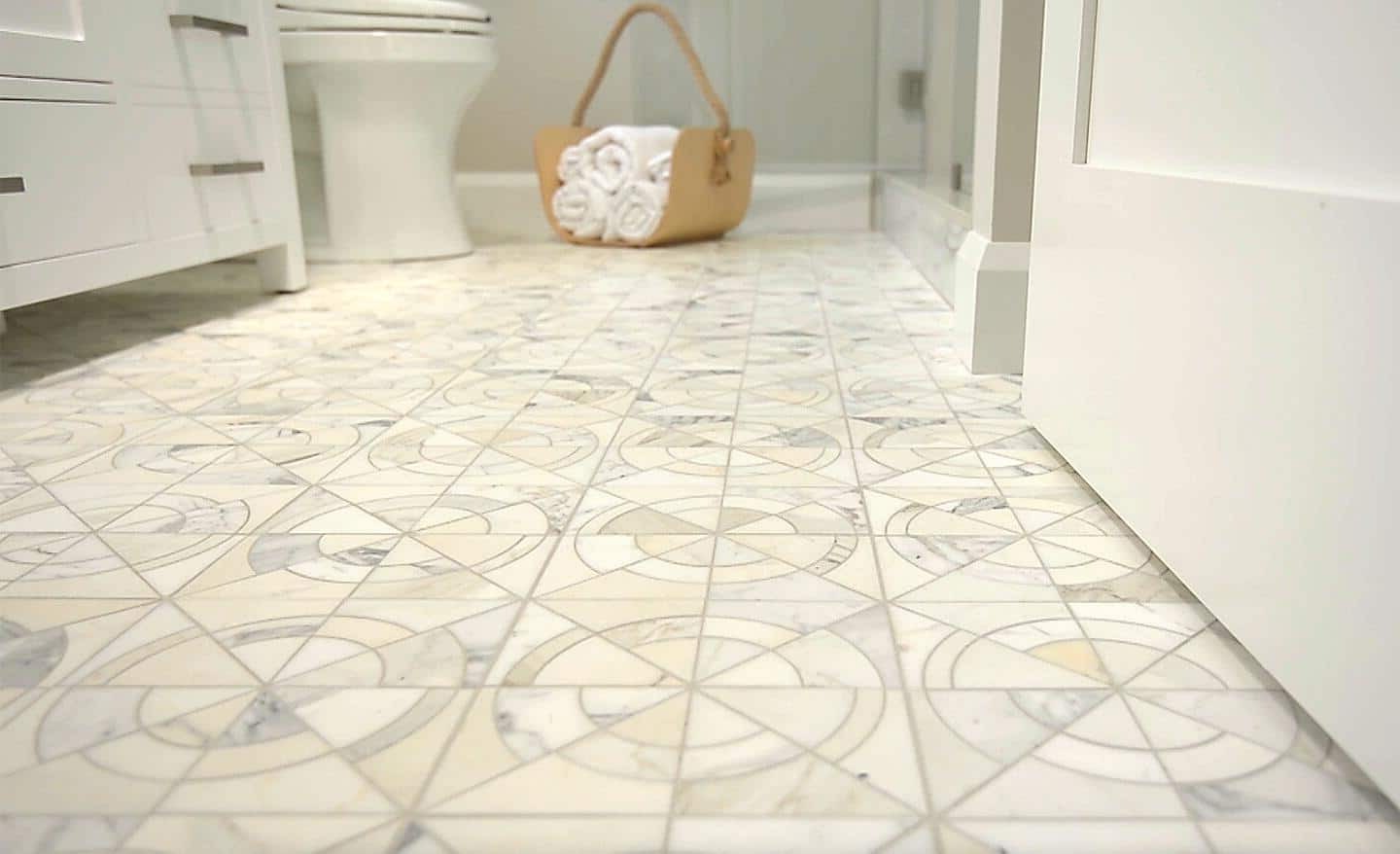


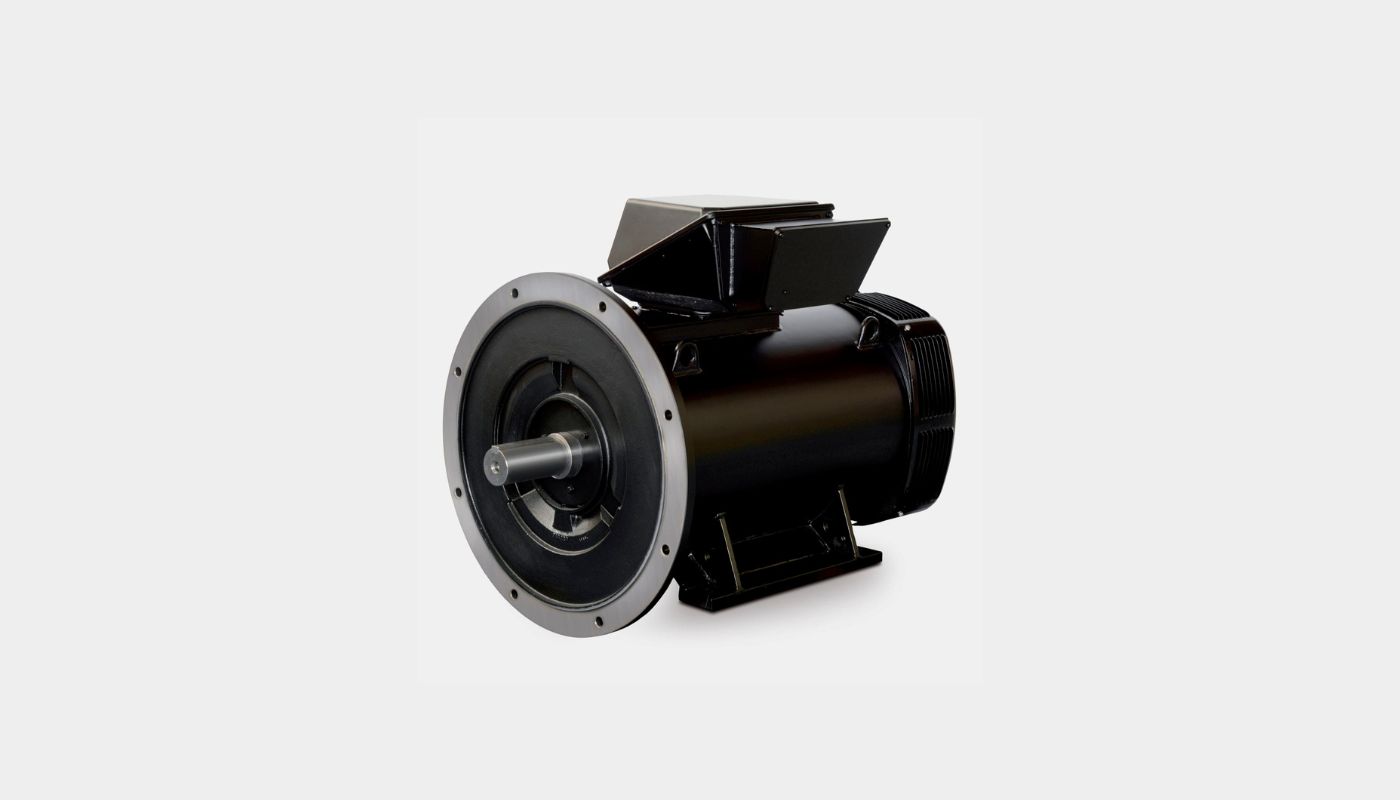
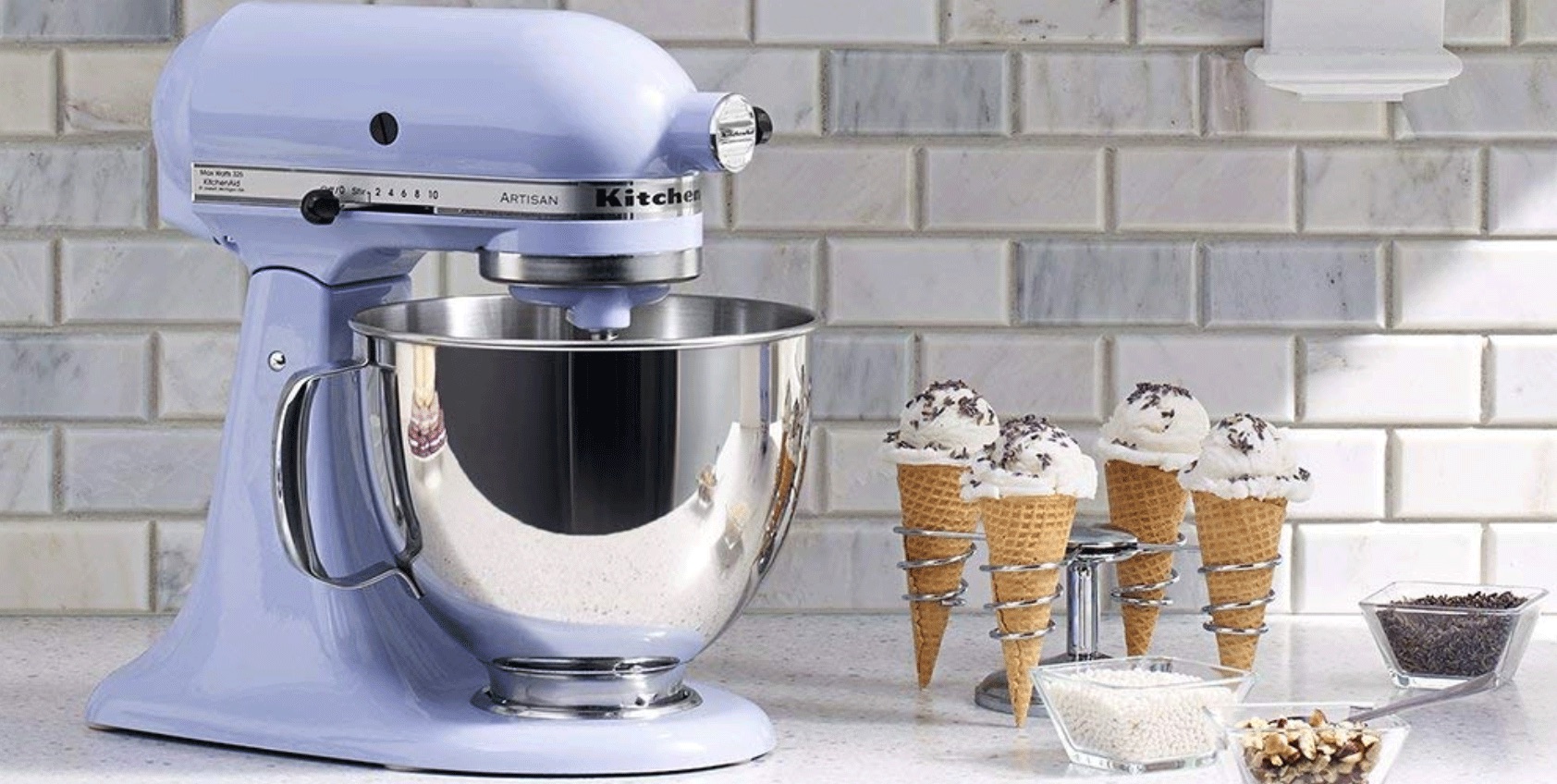

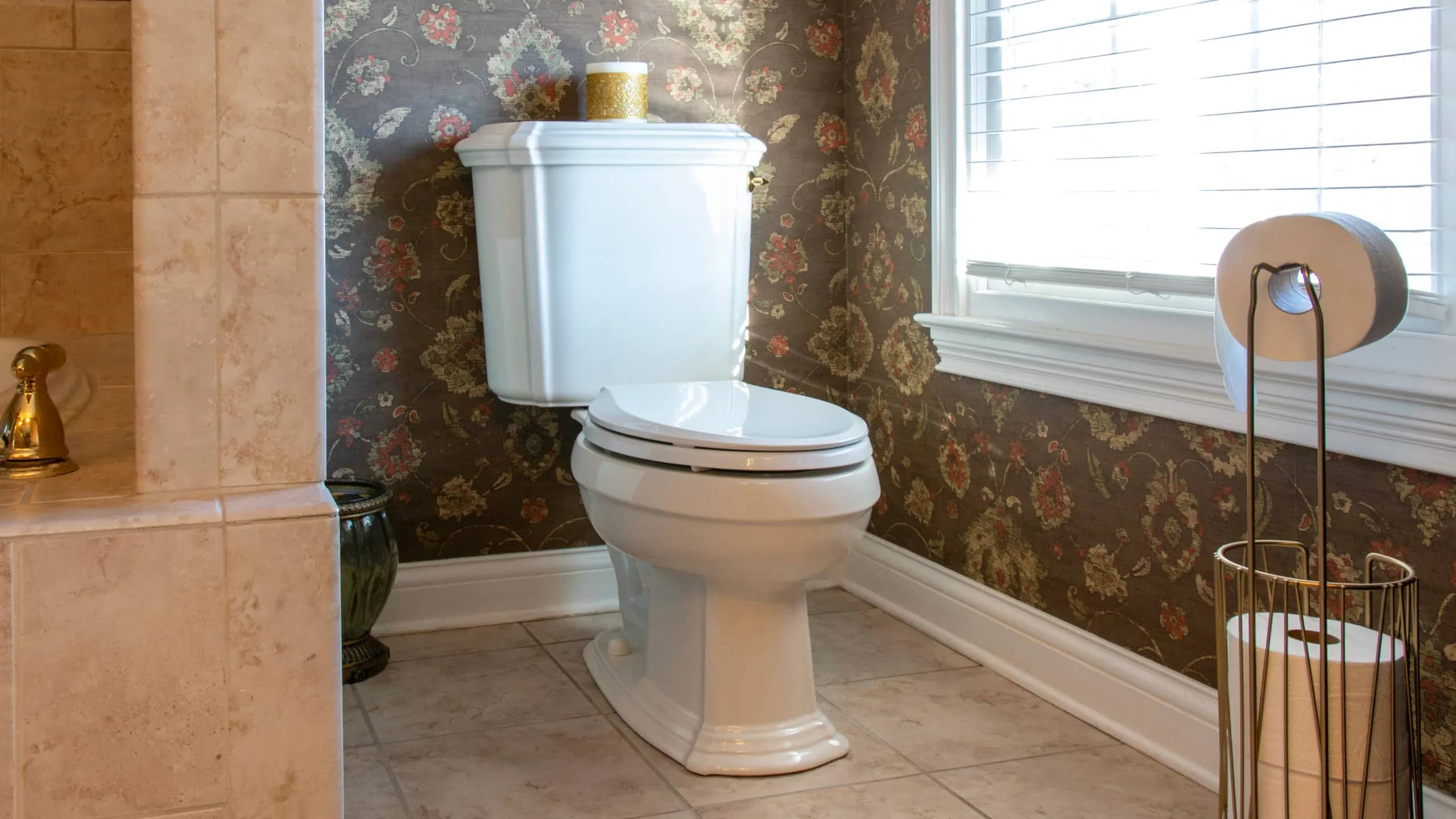
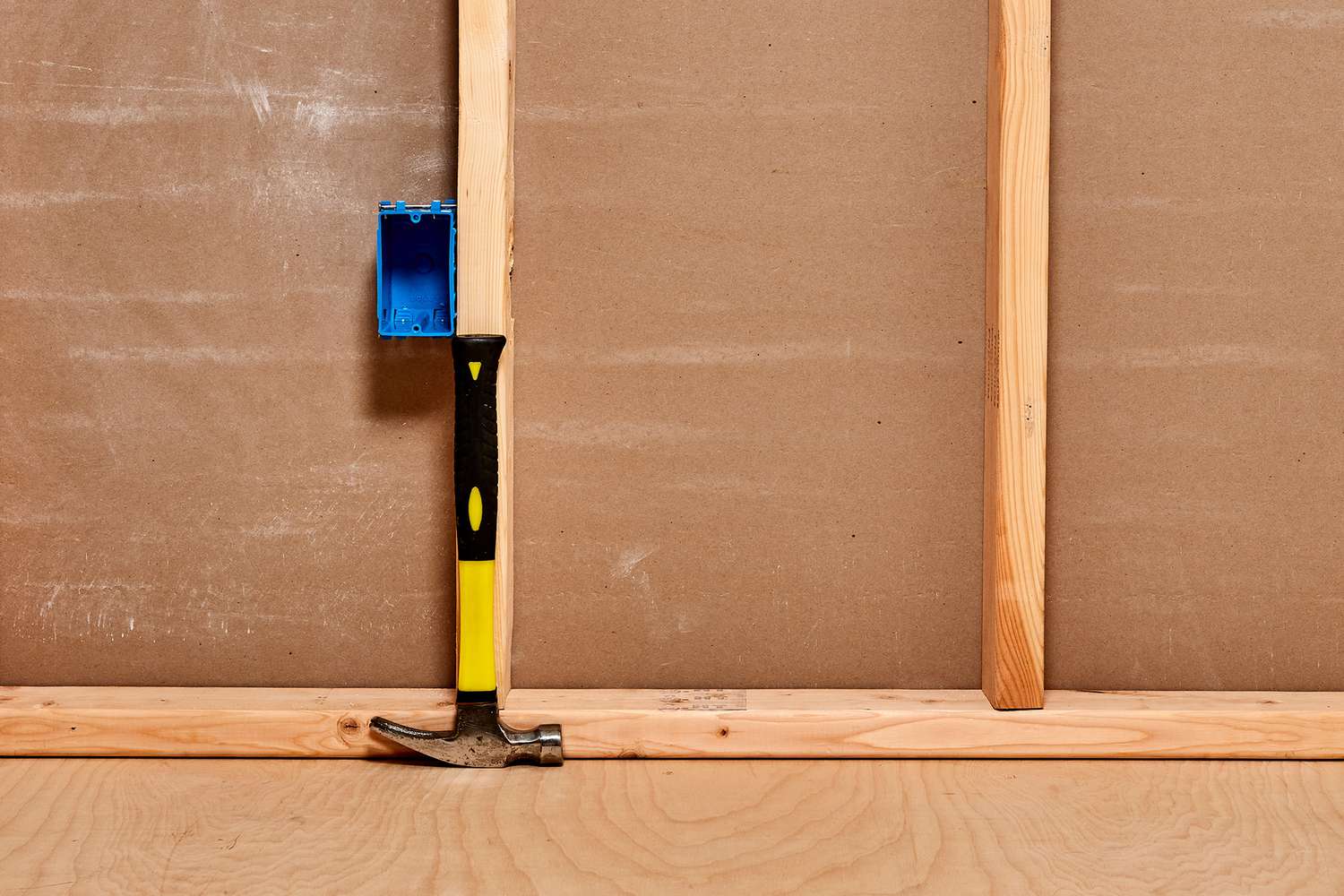

0 thoughts on “How To Choose The Right Flooring For High-Traffic Areas”